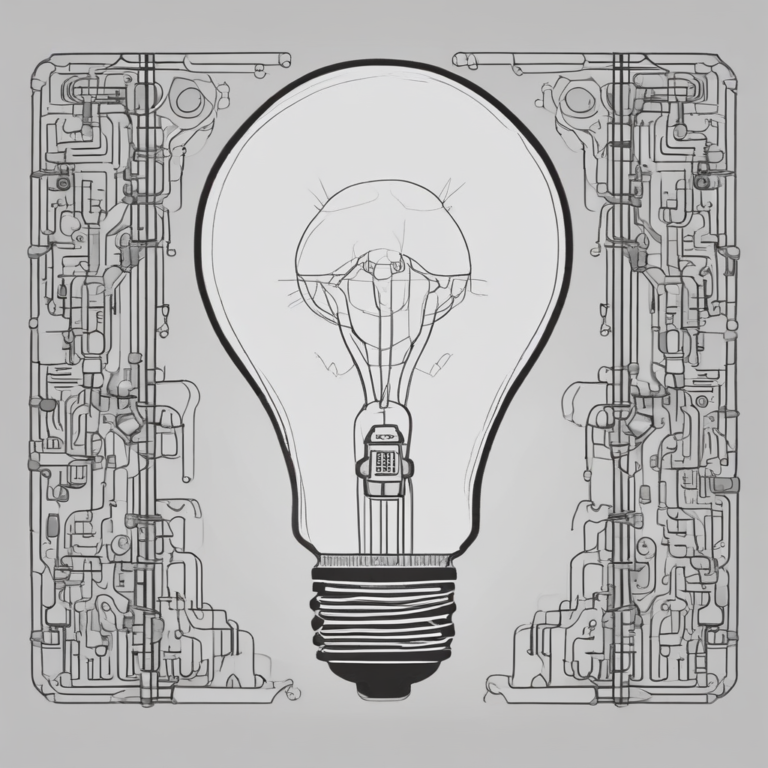Innovating in Line with the European Union’s AI Act
The European Union’s AI Act marks a significant milestone in digital regulation as the world’s first comprehensive legislation addressing artificial intelligence. With key obligations coming into effect in 2025, organizations must navigate the complexities of compliance while simultaneously driving innovation.
Embracing Dual Goals: Innovation and Compliance
As leading technology companies prepare for the implementation of the EU AI Act, they are committed to supporting customers in both innovation and regulatory compliance. This dual focus is essential for organizations looking to harness the power of AI while adhering to new legal frameworks. Companies are proactively building products and services that align with the Act, ensuring that they meet their obligations while facilitating compliant use of AI technologies.
Key Responsibilities Under the AI Act
The AI Act introduces a framework that allocates responsibilities across the AI supply chain, mandating that providers of AI tools support their customers in integrating these tools into high-risk systems. This concept of shared responsibility is pivotal for organizations using AI solutions, as it emphasizes the need for collaboration between technology providers and end-users.
Proactive Steps for Compliance
To prepare for the upcoming regulatory changes, companies are undertaking several proactive measures:
- Conducting thorough reviews of existing AI systems to identify necessary adjustments, including documentation updates and technical mitigations.
- Creating new internal policies to ensure AI systems are not designed for prohibited uses as defined by the AI Act.
- Updating contracts to clarify compliance expectations and prohibit engagement in any practices deemed unacceptable by the Act.
Developing Tools for Compliance
In addition to modifying existing systems, organizations are investing in the development of tools that facilitate compliance. These tools not only help in meeting regulatory requirements but also enhance operational efficiency. Examples include compliance management platforms and risk identification frameworks that assist in the ongoing evaluation of AI systems.
Engaging with Policymakers
Collaboration extends beyond internal teams; organizations are also engaging with policymakers to shape effective implementation practices. By sharing insights gained from AI governance and compliance experiences, companies can influence the development of regulations that are practical and aligned with technological advancements. Such engagement is crucial as the regulatory landscape continues to evolve.
Looking Ahead
As the implementation of the EU AI Act approaches, organizations must remain agile and responsive to changes. The emphasis on building efficient, effective, and interoperable practices will be vital for fostering trustworthy innovation on a global scale. Companies that navigate this landscape successfully will not only comply with new laws but also position themselves as leaders in responsible AI development.
In conclusion, the journey toward compliance with the EU AI Act presents both challenges and opportunities for innovation. By embracing a proactive approach and fostering collaboration across the AI ecosystem, organizations can leverage the potential of AI while adhering to emerging regulatory frameworks.









